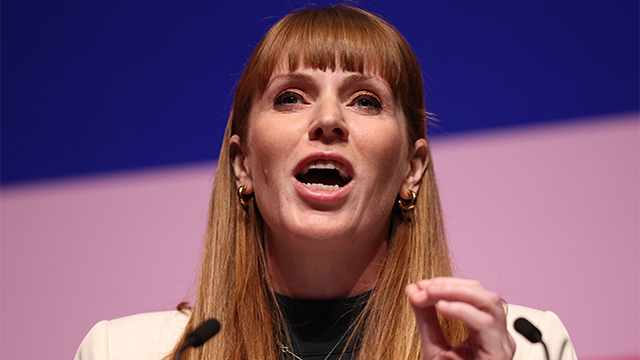I often refer to ESG information as “alphabet soup”. Even for an industry as fond of acronyms and jargon as ours, the complexity around ESG is mind-boggling.
There are more than 500 different benchmarks, tools and certifications across the real estate spectrum that examine and rate all elements of asset and portfolio performance, from air quality and wider wellbeing to fit-out and energy consumption.
In the 2020 JLL European Living Investor Survey, 77% of respondents had mandated some form of sustainability criteria into their investment structure. For those of us who endured many circular debates in the post-global financial crisis years around the possibility of “green premiums and brown discounts”, this clarity is significant progress. Many fund managers have been startled to find detailed questions on ESG metrics now forming a significant part of due diligence and investment committee approval, and have been scrabbling to evolve a generic tick-box policy statement into something more substantial.
The ominous term “stranded asset” has begun to appear frequently in regulatory consultations referencing climate risk alongside more fun initialisms including SFDR (the Sustainable Finance Disclosure Regulation) and TCFD (the Task Force on Climate-Related Financial Disclosures) framework reporting. For anyone flummoxed by those, I recommend the Association of Real Estate Funds’ short webinar series on the AREF ESG 5 Year Roadmap as an invaluable primer.
A gap in understanding
Post-COP26, I think everyone is aware of the 38% of global energy emissions attributed to real estate, buildings and construction – a proportion far higher than that of aviation or, in fact, transport as a whole.
However, it is often missed that residential emissions and energy use are significantly higher than non-residential buildings, with GlobalABC’s fifth annual status report in 2019 highlighting residential buildings as comprising 22% of energy use versus 8% for non-residential buildings, and 11% of emissions versus 3% for non-resi buildings. The intensity of the past 18 months has spotlighted wellbeing and the importance of the home environment, and so the need to have more clarity around ESG and residential became pressing.
The proliferation of ESG services has emerged almost entirely from the commercial real estate sector. CRE was clearly a sensible place to start, given that a typical office or shopping centre is a far more homogeneous asset, without the granular operational quirks of residential portfolios and with a more straightforward landlord-tenant relationship. However, decarbonising our housing sector is a critical element to achieving net zero, and despite advances in sustainable and zero-carbon new-build homes, the institutional private rented sector’s path remains unclear beyond the protracted debate about EPC upgrade targets and feasibility.
When the BPF’s residential members made the not unreasonable request for our ESG and residential working group to simply recommend the best existing benchmark, we realised that there was a gap in understanding what ESG services are available and applicable for the UK resi market.
Significant leadership on ESG has already been provided by the UK Green Building Council and in the social housing sector with the Sustainability Reporting Standard for Social Housing. COP26 has also provided some new policy commitments and underlined the direction of travel.
Our BPF guidance, therefore, does not recommend one benchmark or ESG service, but distils the vast number of options and amount of information into digestible summaries to help members understand the current ESG landscape and enable better conversations with consultants, investors, policymakers and customers. It is, in fact, as housing guru James Pargeter suggested, the ABCs of ESG for residential.
First step
We have been really encouraged by how many of the ESG service providers are already in the process of adapting their offers to the residential sector. While there are some obvious challenges around energy use, not least the data collection and the inevitable survey fatigue of residents, there is so much opportunity for the “S” of social value and impact in ESG to be delivered in a meaningful way across residential schemes.
The build-to-rent sector is particularly well-placed to incorporate and demonstrate that impact, underlined again by the JLL survey, in which 61% of respondents highlighted BTR as the living asset class most likely to meet investors’ ESG ambitions and, more importantly, customer expectations.
For a sector already overwhelmed by complexity, this document presents a great first step into the acronyms, abbreviations and carbon calculations of ESG. In the new year, our working group will be moving into the second phase of our ESG/resi project and evaluating industry uptake and satisfaction with the existing ESG services available.
We will also be conducting gap analysis to profile which specific elements the residential sector needs from the ESG services market. This work will again be led by James Simondson, assistant director of policy at the BPF, who will be keen to hear from EG readers wanting to contribute to this next phase.
Alexandra Notay is placemaking and investment director at PfP Capital and chair of the BPF working group on ESG and residential











